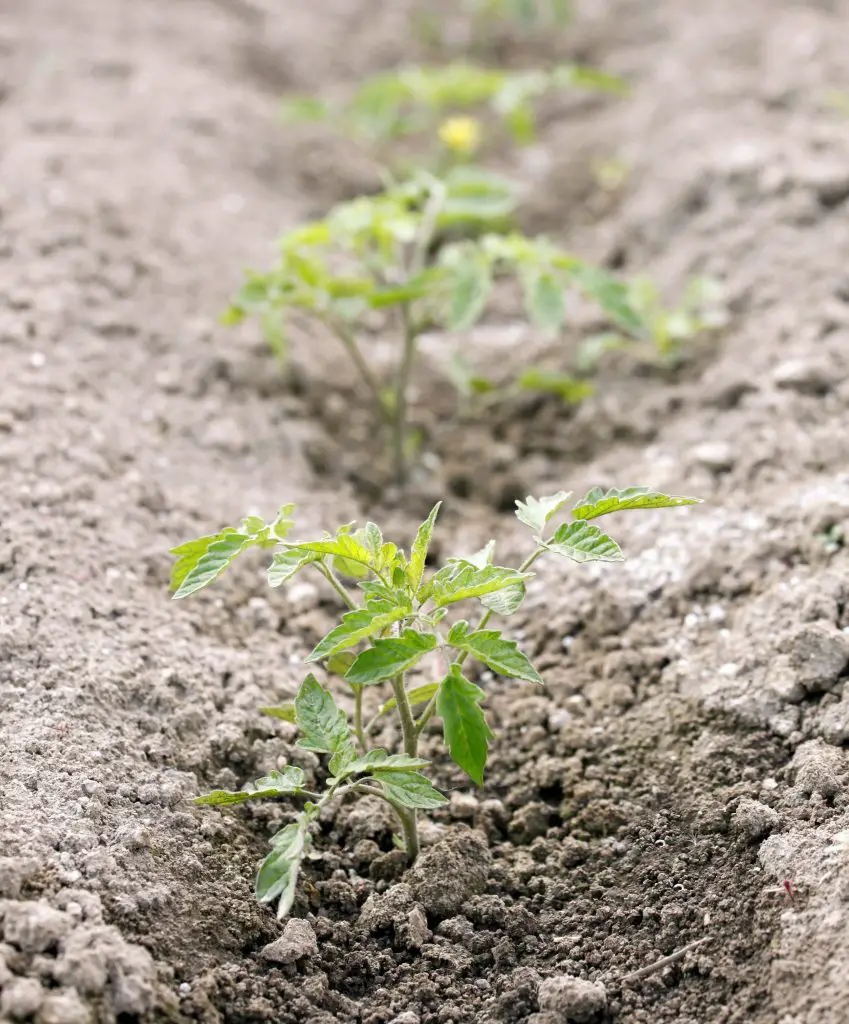As I was growing up in the suburbs of Toronto, Canada in the 1970s, the municipal government in charge of my home town did something brilliant. Or so it seemed. They bought a 100 acre farm just outside town, they divided about 10 acres into vegetable gardening plots, then offered these at reasonable rental rates to townspeople. Town workers cultivated the soil with municipal equipment and even provided unlimited water for irrigation. All folks had to do was drive a few pleasant miles down a country road, then start to work rich, clean, soft, fertile, weed-free soil. Even as a teenager this seemed like a great idea to me – sort of like vegetable gardening on training wheels. The sad part was what happened.
Despite the town doing all the hard work of preparing the soil, the garden plot concept failed for lack of interest. The town discontinued the program because too few people wanted to grow vegetables. Too few people had developed that true love of gardening that’s stronger than the heat, weeds, bugs and sweat that make up a large part of the physical reality of the gardening experience. The town-owned farm is now a leisure park. There are benches, cool drinks for sale, shade and not a hand-grown tomato in sight. The exact spot where the garden plots used to be is a paved parking lot.
Even where I live now, deep in rural Canada, fewer than one household in 25 bothers with any sort of a vegetable garden. There’s good soil all around us, yet most people eat California vegetables from the grocery store year-round. Why is this? I’m convinced it’s because fewer and fewer people are discovering a hidden truth about life, the truth that the right kind of physical work becomes the best kind of leisure.
The first step towards discovering the joy of gardening labour is to understand that there are two kinds of tiredness in life. There’s tiredness that comes from dealing with too many sit-down tasks in a mentally draining indoor work environment. I call this “office tired” , it’s debilitating and there’s no shortage of it these days.
On the other hand, there’s the tiredness that comes from productive physical labour in the sunshine and fresh air. This is “real tiredness” and it’s the kind of thing you get from serious gardening (and other outdoor work). Real tiredness keeps you fit, it helps you sleep at night, and gives you a healthy glow and appetite. Trouble is, real tiredness is hardly ever experienced these days because it is an acquired taste.
When you come home at the end of the day with a bad case of “office tired”, the temptation is to “relax” in front of the internet, TV news, social media or some other passive screen experience. This is a mistake, and more and more people are making it. Most of our young people, in particular, are completely addicted to the draw of the screen. I wonder if Steve Jobs really understood the full effect of the iPhone revolution he launched onto the world in 2007 when he mentioned that this technology would “change the world”? I wonder if he knew how powerfully it would pull people away from reality and into the passive and reclusive world of screen preoccupation?
More than ever, what we need is a taste for wholesome, vigorous, physical work that gets you dirty, sweaty, tired and sore. When you come to feel the glowing sense that the best part of your day is what you accomplish with your hands outdoors as the sun goes down, you’ve arrived. Have you developed at taste for enjoying real tiredness in your life? Let me know at [email protected]
 I hope you found these thoughts useful. Please consider helping me cover the cost of creating and publishing content like this. Click the “buy me a coffee” button below for a fast, simple and safe way to make a contribution. Thank you very much.
I hope you found these thoughts useful. Please consider helping me cover the cost of creating and publishing content like this. Click the “buy me a coffee” button below for a fast, simple and safe way to make a contribution. Thank you very much.
– Steve Maxwell






